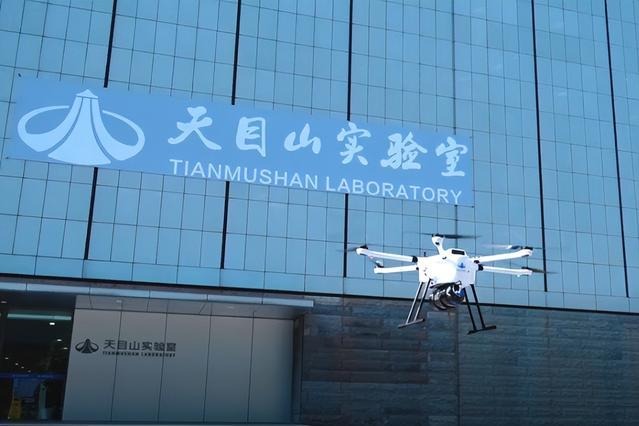Going full out to connect region


China's leaders pull out all the stops to develop economic ties in asia-pacific
The frequent visits by its new leaders in the Asia-Pacific region show China's willingness to raise cooperation with other countries to a new level.
After Foreign Minister Wang Yi visited Southeast Asia in August, President Xi Jinping attended the Asia-Pacific Economic Cooperation gathering held in Bali, Indonesia, this month and delivered an important speech about China's economic development.
Several days later, Premier Li Keqiang paid visits to Thailand, Brunei and Vietnam.
China's leadership has mapped out a new economic development strategy toward the Asia-Pacific region, and it can be summed up in three parts.
First, by updating the China and ASEAN free trade agreement and further promoting regional economic integration, China aims to improve its relationship with ASEAN.
After the free trade zone came into operation in 2003, bilateral trade has increased by 412 percent and investment by 201 percent.
It needs to be noted that as China and Southeast Asian countries are now in a critical period of economic and social development, they can actually consider each other a major opportunity for development. Under such circumstances, it is vital to further strengthen economic and trade relations between China and ASEAN and upgrade the China-ASEAN free trade agreement.
To do so, China and ASEAN need to further reduce tariffs and non-tariff barriers, provide more investment fields to each other, explore higher standards of economic cooperation, and sign more agreements that increase trade in agricultural products, so that the volume of bilateral trade can be expected to increase to $1 trillion by the end of 2020.

Undoubtedly, cooperation between China and ASEAN plays an important role in the stability and prosperity of the entire Asia-Pacific region. Especially when the world economy is going through a gloomy period, that cooperation acts as an engine for global economic development, and as a role model for other economies in Asia-Pacific region.
Secondly, as the Regional Comprehensive Economic Partnership develops, China can lessen the disadvantage caused by the Trans-Pacific Partnership by promoting the RCEP's progress.
Along with the TPP strategy of the "US returning to the Asia-Pacific region", the RCEP has been progressing well and has been joined by 10 ASEAN members and the economies of China, Australia, India, Japan, New Zealand and South Korea.
As the TPP includes the world's largest economy, the US, and the RCEP includes the second-largest, China, the future landscape of the economy of the Asia-Pacific region becomes unclear. However, compared with the TPP, the RCEP is more flexible and tolerant, and it pays attention to adjustment of undeveloped economies to ensure they do not lag behind in the partnership.
Two rounds of RCEP negotiations have been completed since they began last year. Because TPP negotiations have entered a final stage, Premier Li has stressed the need to accelerate economic integration in East Asia, as well as finishing RCEP negotiations by the end of 2015.
FTA negotiations play an important role in China's economic diplomacy. It not only can provide advantages for China to compete in production chain, but also helps it deal with increasing protectionism internationally. Thirdly, developing connectivity between China and the Asia-Pacific countries builds a foundation for economic development across the region.
Since the 1990s, the scale of trade volume and foreign direct investment in the Asia-Pacific region has increased by 300 percent and 400 percent. Now it is the world's most economically dynamic area and key driver for global economic growth. The economic output achieved by the region accounts for 60 percent of the global economy and 50 percent of the total international trade volume.
The Asia-Pacific region has about 2.7 billion consumers globally, and currently the trade volume of APEC economies is as high as $2 trillion.
On the one hand, China's destiny is so closely linked with the Asia-Pacific region that its development cannot escape it. On the other, the prosperity of the region cannot happen without China.
In the next five years China will import $10 trillion worth of goods, and make investments worth $500 billion. Chinese outbound tourists will by then reach about 400 million. In such circumstances, China and the Asia- Pacific region need to promote connectivity between them, and discuss building up infrastructure and cooperation that meet their common interests.
In conclusion, frequent trips by the new generation of Chinese leaders to Southeast Asia show the Chinese government's new ideas in economic diplomacy and for solutions in today's complicated international environment.
They also show China's attitude toward economic cooperation with the Asia-Pacific region, which is more open and tolerant, as well as full of confidence and wisdom.
The author is professor of international relations studies at China Foreign Affairs University in Beijing. The views do not necessarily reflect those of China Daily.
(China Daily Africa Weekly 10/18/2013 page13)
Today's Top News
- Evidence mounts of Japan's wartime atrocities
- Gunmen kill 11, wound many on Sydney beach
- Study finds Earth's deep water reservoirs
- China remembers victims of Nanjing Massacre 88 years on
- Philippines' provocations will avail it nothing: China Daily editorial
- China steps up financial support to spur consumption






























